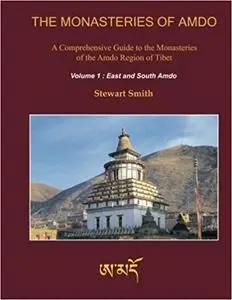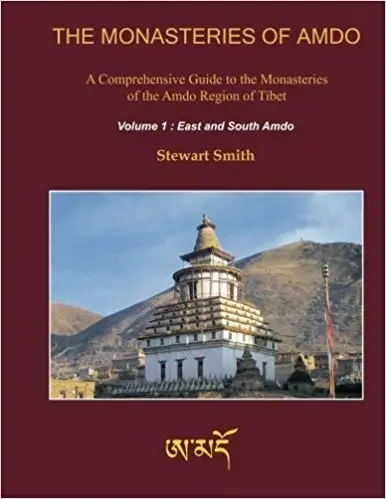The Monasteries of Amdo (2nd Edition) by Stewart Smith
English | 2017 | ISBN: 1541275314 | 340 Pages | PDF | 207.9 MB
English | 2017 | ISBN: 1541275314 | 340 Pages | PDF | 207.9 MB
Together “The Monasteries of Amdo (2nd Edition) Volume 1 : East and South Amdo” and “The Monasteries of Amdo (2nd Edition) Volume 2 : Central, West and North Amdo” are a revised, updated and expanded second edition of the single-volume first edition published in 2013. Although the individual volumes can be used as standalone items, it is intended that they be regarded as a set covering the whole Amdo region. Although in recent years the north-eastern Amdo region of Tibet has become the subject of increased investigation from researchers in the West, still relatively little is known of the exact situation on the ground regarding Tibetan Buddhist religious establishments in the region as a whole. How many monasteries are there active in Amdo today? How many monks and other practitioners are there? Which sects are most widely represented? Apart from the more famous monasteries in the region, few monasteries have been visited and photographed. Few, if any, detailed maps in English or Tibetan exist to guide would-be visitors to these monasteries. Where are the monasteries located exactly? How can they be accessed most easily? Following over 25 years of travel and original research by the author throughout the whole Amdo region, “The Monasteries of Amdo (2nd Edition) Volume 1 : East and South Amdo” details in English and Tibetan the location, name, size and sect of 632 monasteries and hermitages in the East and South areas of the Amdo region, gives precise information on how to locate these religious establishments, presents photos of 612 monasteries, hermitages and other religious sites and provides detailed maps in English and Tibetan of the 34 districts covering the East and South areas of the Amdo region. "The Monasteries of Amdo (2nd Edition) Volume 1 : East and South Amdo” will be of interest to those seeking to gain a greater understanding of the current state of Tibetan Buddhist religious establishments in the Amdo region of Tibet. It will also assist those planning and organising visits to the area and help in promoting a greater awareness of some of the smaller and less well-known monasteries in the region.



